Rust Problems on Your Shipping Crate House: Prevention and Treatment Strategies
Shipping container homes have become an increasingly popular choice for those seeking an alternative and sustainable way to build their living spaces. These containers are prized for their durability and adaptability, but owners may encounter a common and persistent issue: rust. Rust occurs when the steel that makes up most shipping containers is exposed to moisture and oxygen, leading to oxidation. This process can compromise the structural integrity of a container home, causing aesthetic and functional damage.
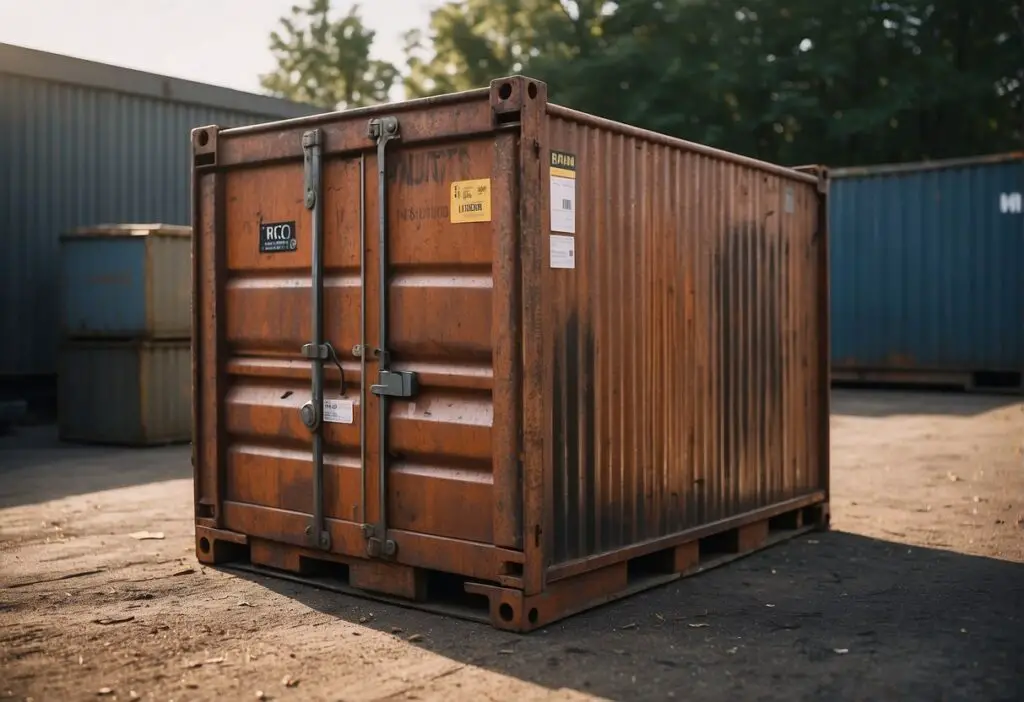
Addressing rust problems effectively is essential for maintaining the longevity and safety of a shipping container home. Prevention is as important as treatment; therefore, choosing the right materials and employing appropriate maintenance techniques can go a long way in mitigating rust issues. While Cor-ten steel, used in the construction of many shipping containers, is resilient, it is not impervious to rust, which highlights the need for proactive care.
Homeowners should be vigilant about inspecting their shipping container homes regularly for signs of rust. When identified early, there are several methods available to treat and protect the metal surfaces. From environmentally friendly coatings to more traditional rust removal techniques, there are a variety of options to preserve the condition of a container home. It’s integral for homeowners to understand the challenges and to implement effective strategies to prevent costly repairs and extend the lifespan of their shipping container dwelling.
Understanding Rust in Shipping Container Homes
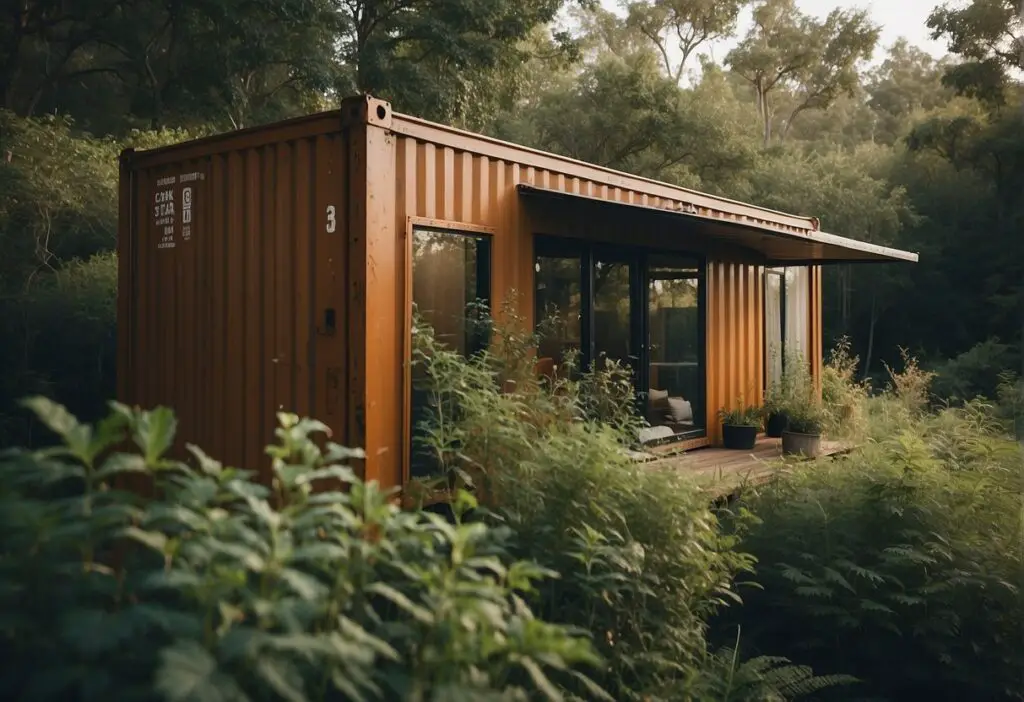
Rust challenges many shipping container homes, as corrosion can compromise their durability and longevity. This section delves into the core elements surrounding rust – from its basic definition to preventative measures.
What Is Rust?
Rust, scientifically known as iron oxide, forms when iron reacts with oxygen in the presence of moisture or water. This chemical reaction is a form of oxidation, which specifically affects metals containing iron.
Effects of Rust on Metal and Steel
Over time, rust deteriorates metal structures, leading to two types of corrosion: structural rust and non-structural rust. Structural rust compromises the structural integrity of shipping container homes, presenting safety hazards, while non-structural rust is largely cosmetic but can lead to more severe damage if not addressed.
Rust Formation Factors
Key factors that accelerate rust include climate, humidity, location, and exposure to marine environments where saltwater, high rainfall, or persistent fog are prevalent. These conditions increase the oxygen and moisture levels that metals are exposed to, hastening oxidation.
Shipping Containers and Rust
Shipping containers are designed to withstand harsh sea conditions and are often made of corten steel or cor-ten, which is formulated to resist corrosion. Yet, without proper maintenance, even corten steel can rust, especially when the protective layer is compromised.
Prevention vs. Repair
To maintain a shipping container home, it is vital to prioritize prevention over repairs. Applying a protective coating, such as a primer and paint, is effective. Moreover, regular inspections can catch early signs of rust, averting costly and extensive repairs.
Common Rust Areas in Shipping Crates
Roof, dents, and crevices are common areas where rust develops due to standing water or debris accumulation. It is crucial to ensure these areas are well maintained to prevent moisture buildup and subsequent rust formation.
Initial Inspection and Maintenance of Shipping Crate Homes
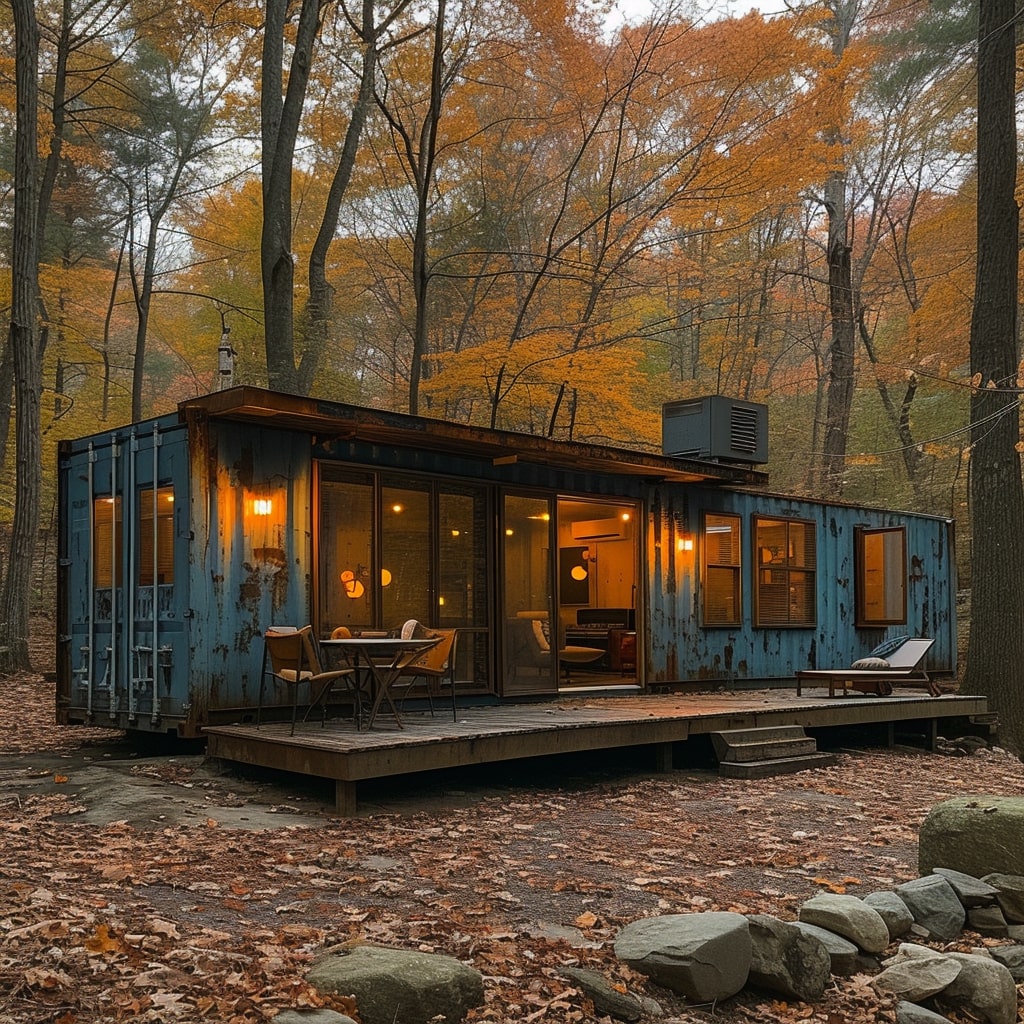
Maintaining the integrity of shipping container homes begins with thorough inspections and routine maintenance. Proper assessment and care are vital to prevent rust and ensure longevity.
Pre-Purchase Inspection
Before investing in a used container for a shipping crate home, it’s imperative to conduct a pre-purchase inspection. Corten steel is commonly used for these containers, offering enhanced weather resistance, but it isn’t impervious to decay. Look for signs of wear such as dents or corrosion, particularly around seams and weld points, which are potential weak spots.
Regular Inspection Routines
Establish a schedule for regular inspection. This should include checking all exterior surfaces, focusing on areas prone to water collection. Also, inspect the interior, especially if the containers have been modified. Properly maintained protective coatings and primers are essential in preserving the container’s structural integrity.
Identifying Early Signs of Rust
Early detection of rust on shipping crate homes is critical. Reddish-brown streaks or spots, particularly in areas where the paint has chipped, should prompt immediate attention. Recognize the difference between surface blemishes and penetrating rust that could compromise the structure.
Assessing Structural vs. Non-Structural Rust
Differentiate between structural and non-structural rust. The former involves the container’s load-bearing elements and demands prompt remediation to maintain safety. Non-structural rust, while less of an immediate threat, still requires attention to prevent further damage.
Maintenance Strategies for Durability
Consistent maintenance includes promptly addressing rust spots with appropriate rust inhibitors and touch-up paint. Regular inspections aid in identifying areas where primer and protective coating may need reapplication. Ensuring adequate ventilation can also mitigate rust formation by reducing condensation inside container homes.
Practical Rust Treatment Methods
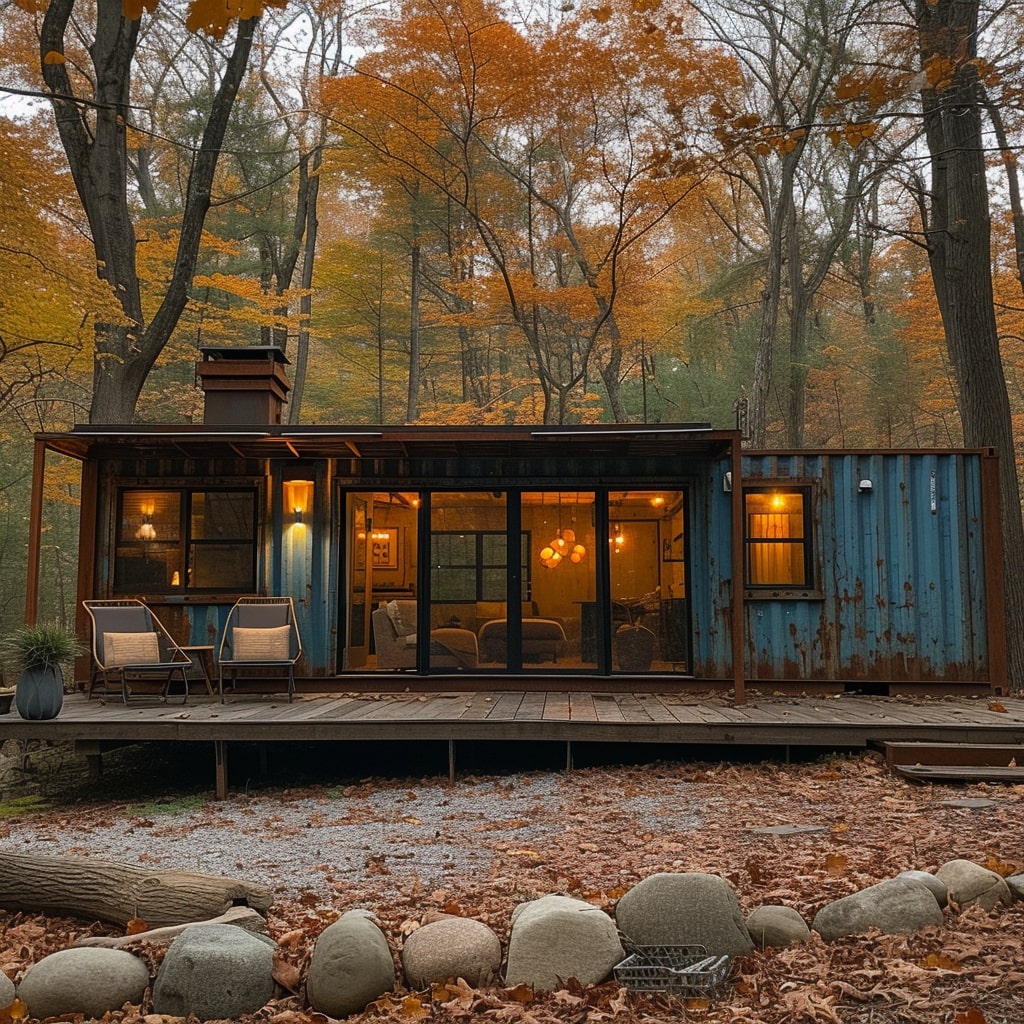
To effectively combat rust on shipping crate houses, adopting practical treatment methods is essential. These methods fall into three major approaches: mechanical removal, chemical treatments, and protective surface applications.
Mechanical Removal of Rust
Mechanical rust removal is a straightforward process that involves physical labor to eliminate rust and peeling paint. Tools like a wire brush or sandpaper are typically used to scrub the surface. Another aggressive removal method is sandblasting, which is highly effective for larger areas. This process must be done carefully to avoid damaging the metal beneath.
Chemical Treatment Options
When dealing with stubborn rust, chemical treatments can induce an oxidation reaction to neutralize and dissolve the rust. Solutions containing vinegar, a mild acid, can be applied to the affected areas to break down rust. Commercial rust converters transform rust into a stable compound that can then be painted over. It is key to follow the manufacturer’s instructions for safety and best results.
Surface Preparation and Re-Coating
Once the surface is rust-free, proper surface preparation is crucial before re-coating. This includes cleaning and possibly applying a primer to ensure good adhesion. Following this, applying a protective coating or rust-inhibiting paint can significantly prolong the life of the shipping crate house. Regular maintenance checks can spot early rust and prevent significant damage.
Preventative Measures and Long-term Care
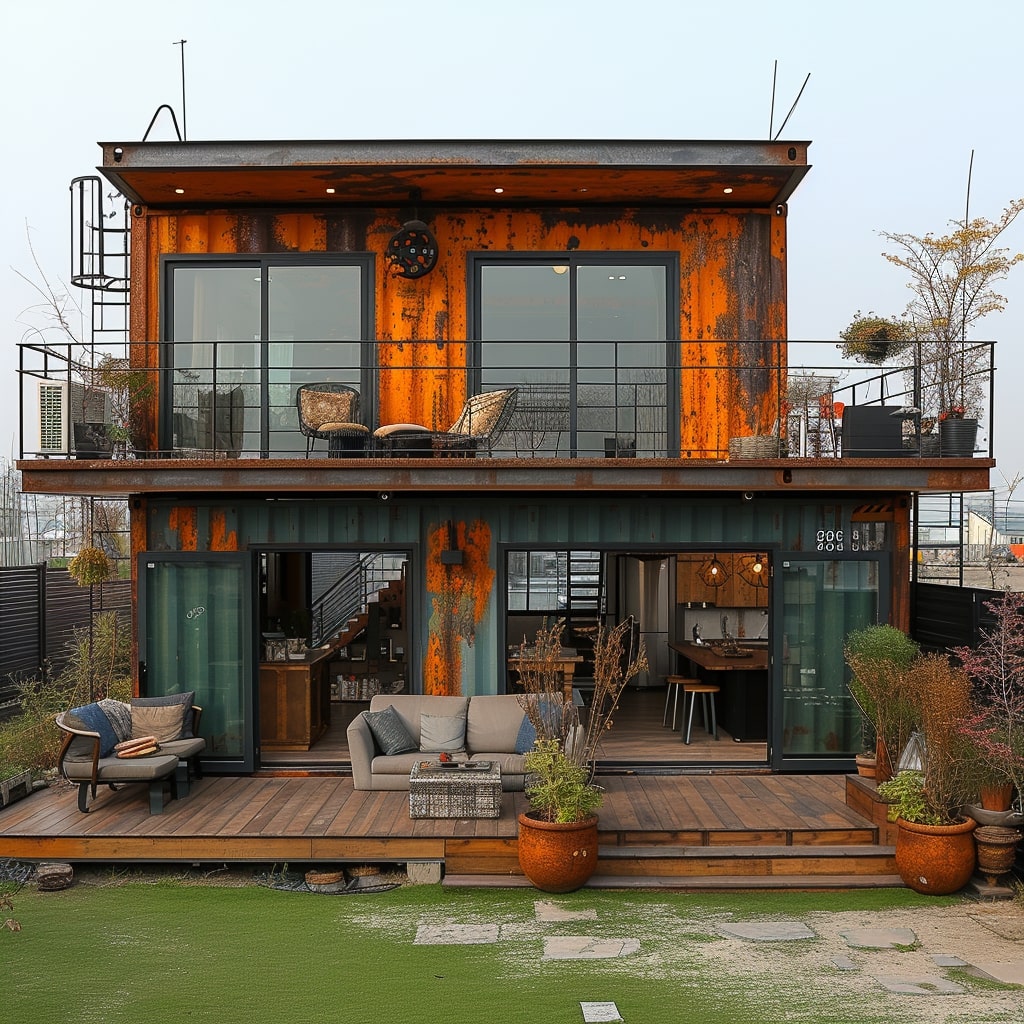
Proper maintenance and the application of rust prevention strategies are vital for the longevity of shipping container homes. These measures can significantly reduce the risk of rust and corrosion, ensuring the home remains durable in various climates.
Protective Coatings and Paints
Paint: Regular application of high-quality paint on a shipping container can fend off rust. It is essential to apply a primer followed by a paint specifically designed for metal surfaces that will serve as a protective coating against moisture and salt, especially in marine environments.
- Protective Coating: Applying a specialized protective coating can further enhance the container’s resistance to rust. These coatings are often made to seal the surface from moisture, a primary contributor to rust.
Foundation and Insulation Improvements
Foundation: A sturdy foundation prevents direct contact with damp ground, reducing the risk of rust from the bottom of the container. Options such as concrete piers or slab foundations can be highly effective.
- Insulation: Proper insulation, such as spray foam, not only helps with climate control but also with preventing condensation, a common cause of rust. Insulating materials need to be selected carefully to also prevent issues like mold growth.
Controlling Environmental Exposure
Climate and Humidity: The container’s location plays a crucial role in its exposure to rust-promoting conditions. Minimizing exposure to high humidity and marine environments can slow the rusting process.
- Vegetation and Leaks: Regular inspection for leaks and clearing any surrounding vegetation that could trap moisture against the container walls is important. Ensuring proper drainage around the shipping container helps keep the structure dry and rust-free.
Assessing and Enhancing the Value of Shipping Crate Homes
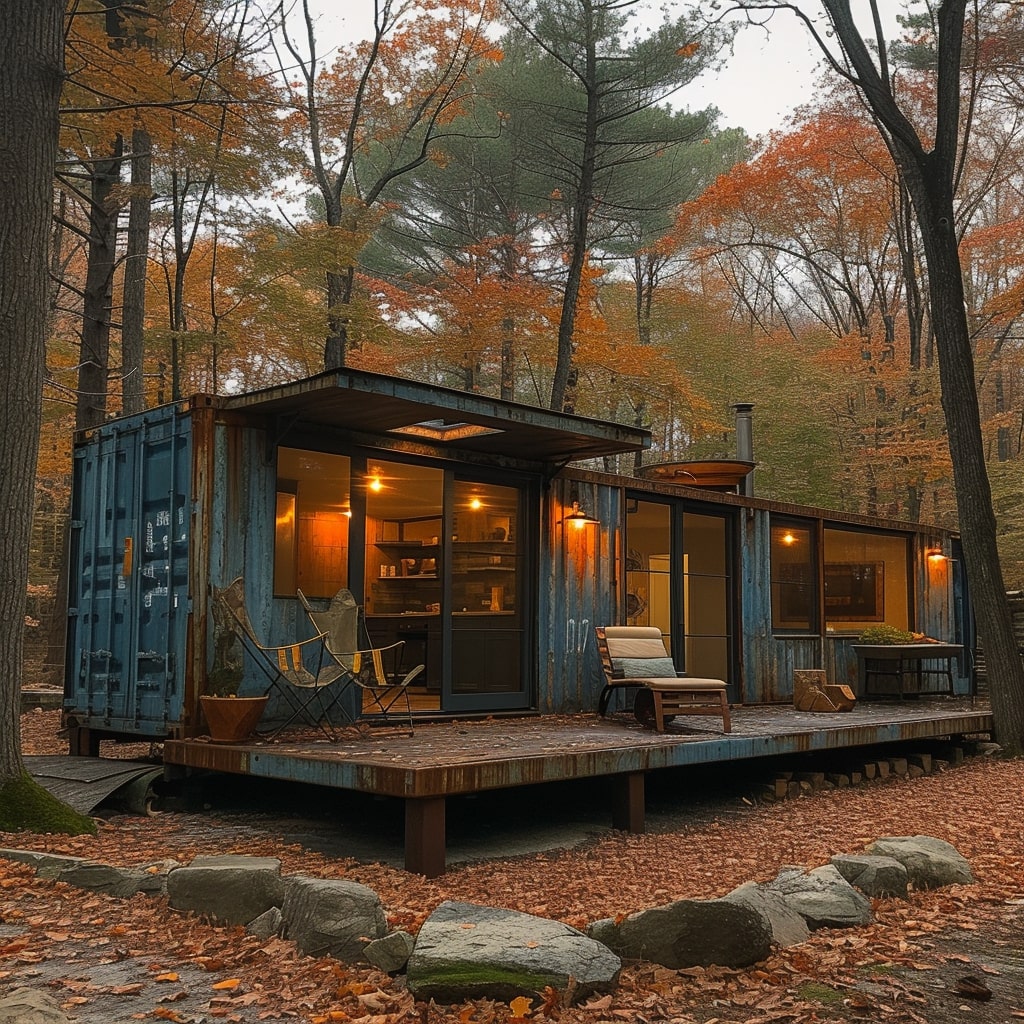
Assessing and enhancing the value of shipping crate homes involves understanding key factors like their resale value, implementing improvements to their aesthetic appeal, and addressing repairs and renovations.
Factors Influencing Resale Value
When it comes to shipping container homes, their resale value can be significantly impacted by location, design, and the initial build quality. Location remains a supreme factor as homes in desirable areas often fetch higher prices. The unique design and customization of container homes can also add to their allure, making them stand out in the housing market.
Improving Aesthetic Appearance
The appearance of a container home is crucial for enhancing its value. Regular maintenance, including the application of high-quality paint, can prevent rust and improve visual appeal. Thoughtful landscaping and exterior design can also drastically increase the aesthetic value of the home, making it more attractive to potential buyers.
Repair and Renovation Considerations
Shipping crate homes require specific maintenance to address repairs and damages due to their unique construction. Ensuring that any signs of corrosion or wear are swiftly dealt with is vital for preserving their structural integrity and value. Renovations should prioritize not only the functionality but also the modernization of the space, which can substantially raise the property’s resale value.
Dealing with Unique Challenges in Specific Climates
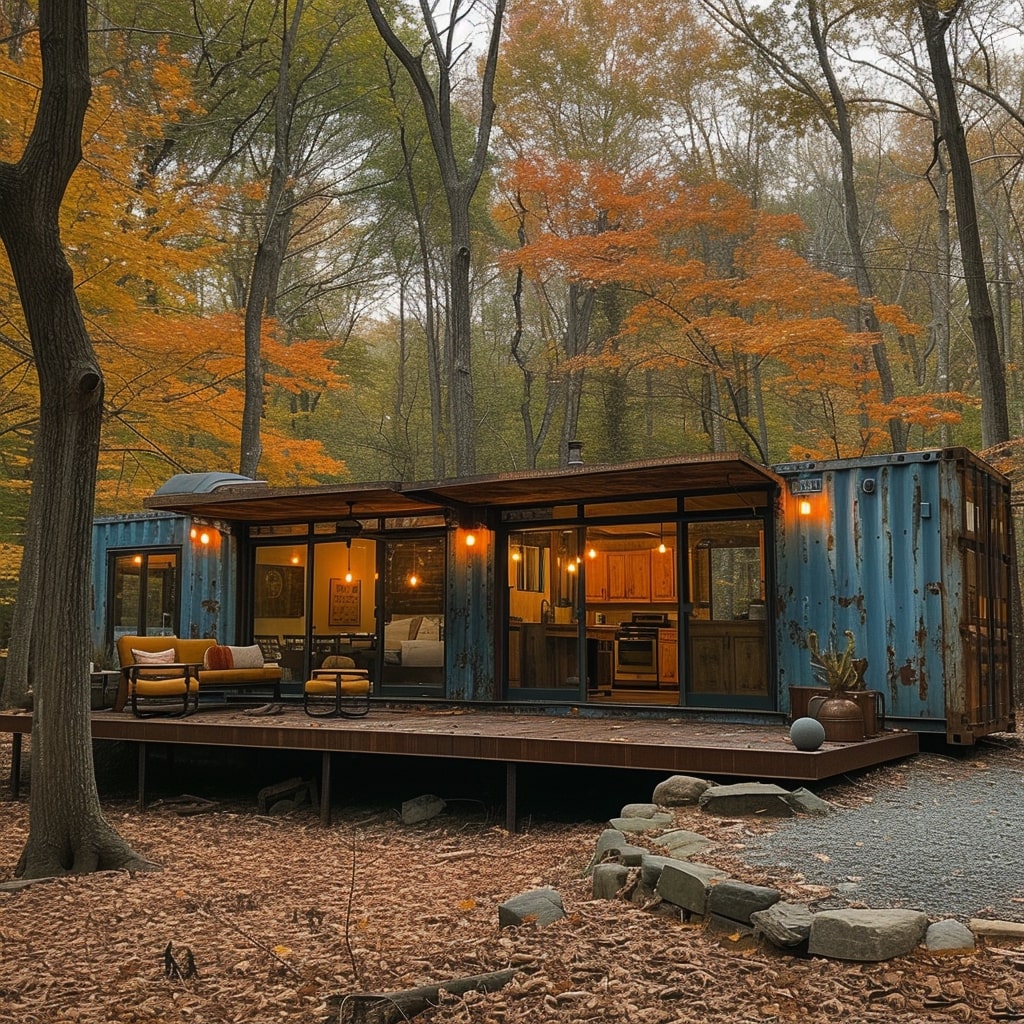
Shipping container homes are susceptible to climate-related challenges, particularly when it comes to rust and corrosion. Different climates present unique hurdles that homeowners must navigate to preserve the integrity of their container homes. Attention to local weather patterns is key in implementing effective rust prevention strategies.
High Humidity and Precipitation Areas
In areas with high humidity or excessive rainfall, shipping container homes are constantly battling with moisture, which is the primary catalyst for rust. Proactive measures include using high-quality paints and rust treatments that provide a protective barrier against moisture. Ensuring proper sealing and foundation drainage can mitigate the effects of container rain, where condensation forms inside the container, leading to water accumulation and increased humidity within the structure.
Managing Rust in Marine Environments
Shipping container homes situated near the coast must contend with persistent fog and saltwater exposure. Salt can accelerate the corrosion process due to its capacity to attract moisture and break down the metal. A robust approach involves selecting containers with a Corten steel composition and applying marine grade coatings to shield against the harsh marine environment. Additionally, frequent inspection and maintenance are paramount for handling salinity’s impacts on the structural health of the container home.
Real-life Examples and Case Studies
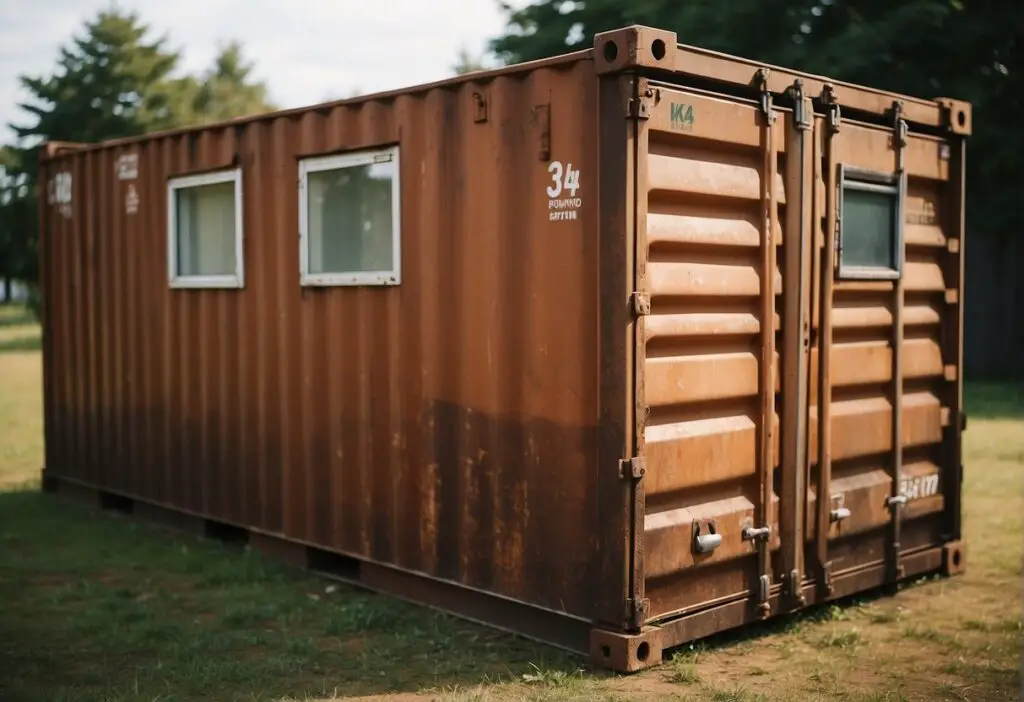
The following section presents a selection of real-world experiences with shipping container homes. These examples cut across the spectrum from highly successful projects to those riddled with issues, offering a practical understanding of their value and challenges.
Success Stories of Shipping Container Homes
Successful shipping container homes often demonstrate innovative design paired with practical functionality. They are celebrated for their cost-effectiveness and sustainability. For instance, some homeowners have leveraged the modularity of containers to create expandable living spaces that defy traditional constraints. These homes underscore the value in recycling materials and minimizing construction waste. Green Building Elements highlights several instances where container homes have not only provided housing solutions but have also become landmarks of modern architecture due to their unique aesthetics and design efficiency.
Lessons Learned from Failed Projects
Conversely, there are cautionary tales from shipping container projects that did not meet expectations. Key issues include underestimating the importance of proper insulation, leading to problems with thermal efficiency, and neglecting the structural integrity impacts of cutting and modifying containers. Websites like Discover Containers document such cases, shedding light on common oversights such as improper planning for electrical and plumbing systems, which have rendered some projects more expensive than anticipated and can radically reduce the value of the investment.
Comparative Analysis of Materials and Techniques
A closer look at the materials and techniques used in constructing container homes reveals a spectrum of approaches that can make or break the project’s success. For example, steel’s susceptibility to corrosion means that not all containers are suited for habitation without significant modifications and protective coatings. Homeowners have achieved varying degrees of success by treating or selecting containers based on their condition and suitability for conversion. Moreover, incorporating alternative materials such as wood or composites for interior finishes can greatly influence the home’s aesthetic and functional appeal. Container Home Hub provides an analysis of different techniques used to avoid rust and other degradation, emphasizing the importance of considering long-term maintenance in the overall cost and value calculation for a shipping container home.
Conclusion
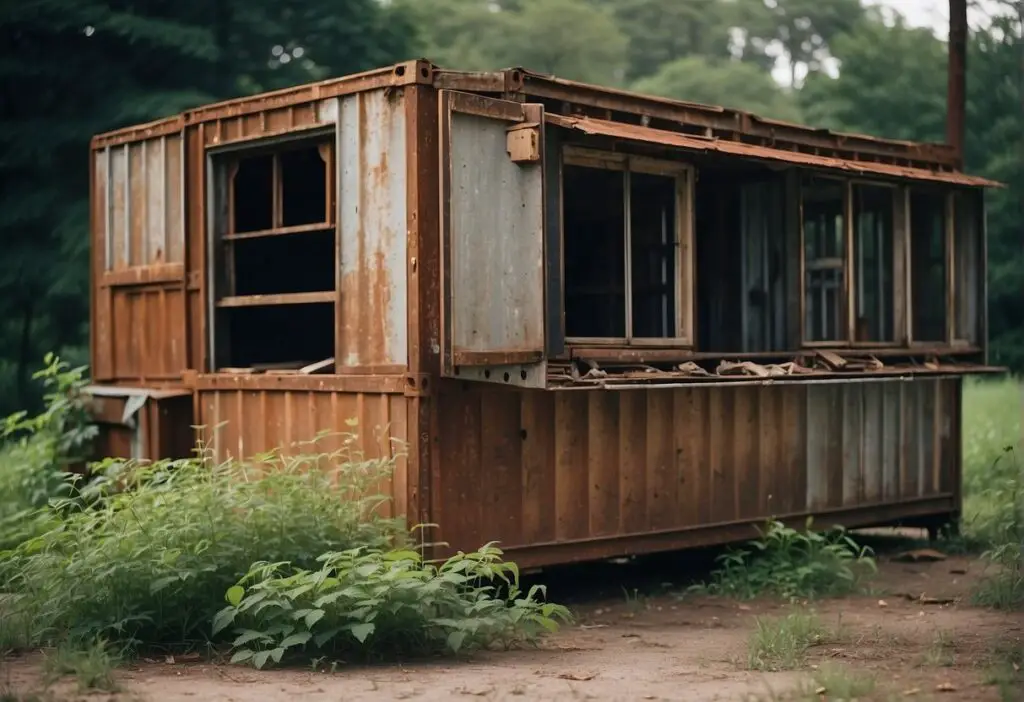
Shipping container homes, while innovative and trendy, can face the challenge of rust over time. The material’s susceptibility to corrosion when exposed to water and air necessitates preventive measures and maintenance. Homeowners can extend the lifespan of their container homes by considering the following actions:
- Regular Inspection and Maintenance: Routinely check for signs of rust and address them promptly. Applying protective coatings and performing touch-ups on damaged areas can suffice for minor issues.
- Choosing the Right Materials: Containers constructed with Cor-ten steel, known for its weathering properties, can provide an advantage, though not an absolute safeguard against corrosion.
- Proper Design Elements: Include features that minimize water retention such as sloped roofs and strategic drainage paths.
- Environmental Considerations: Position your home in a location that mitigates exposure to moisture and salt, particularly if located near the ocean.
Collectively, these strategies can decrease the propensity for rust formation and ensure that your shipping container home remains structurally sound and aesthetically pleasing for years. Homeowners may consult 4 Best Ways to Keep Your Shipping Container Home from Corroding for a deeper understanding of rust prevention tactics.
Maintaining and protecting a shipping container home against rust is achievable with diligent care and informed decision-making. Embracing these recommended practices can thwart the headache of rust problems, rendering your home both functional and enduring.
